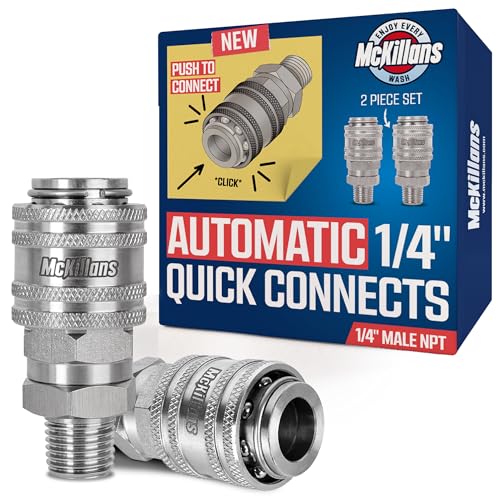



Begin with assessing the specific cleaning tasks that you intend to tackle. For lighter jobs, like cleaning outdoor furniture or vehicles, a unit with lower power specifications between 1200 to 1600 PSI will suffice. If the goal is addressing tougher tasks such as grime on driveways or siding, consider models delivering anywhere from 2000 to 3000 PSI for more impactful results.
Next, focus on water flow rates–measured in gallons per minute (GPM). A higher GPM rating translates to quicker cleaning, making it a key factor if you have large areas to cover. Aim for a minimum of 1.5 GPM for light jobs and upwards of 2 GPM for more demanding tasks. Don’t forget to examine the available nozzles; a variety of spray options can make tackling different surfaces much easier.
Look into design aspects such as portability and storage. Many units come with wheels or carry handles, which greatly enhance manoeuvrability. Check for hose length and storage options; a longer hose can provide extended reach without constantly moving the unit. Ensuring the device includes a reel for the hose simplifies tidy storage.
Finally, research the brand’s history and user reviews. Brands with proven track records often deliver better performance and durability. Pay attention to the warranty offered, as a longer warranty can reflect the manufacturer’s confidence in their product’s longevity.
Key Features to Consider for Your New Cleaning Equipment
Focus on power ratings. For residential tasks, select a model with a minimum of 1500 PSI and 1.2 GPM. This combo ensures adequate cleaning ability for surfaces like patios, vehicles, and decks.
Types of Nozzles
Select units that come with interchangeable nozzles. A variety of spray patterns, including 0°, 15°, 25°, and soap, makes it easy to adjust cleaning intensity based on the job. The ability to switch nozzles allows for greater versatility and effectiveness.
Mobility Features
Examine the weight and design of the unit. A model that includes wheels or a compact frame enhances portability while reducing strain during transport. Also, consider cord length for ease of mobility across larger areas without needing additional extension cords.
Understanding Your Cleaning Needs
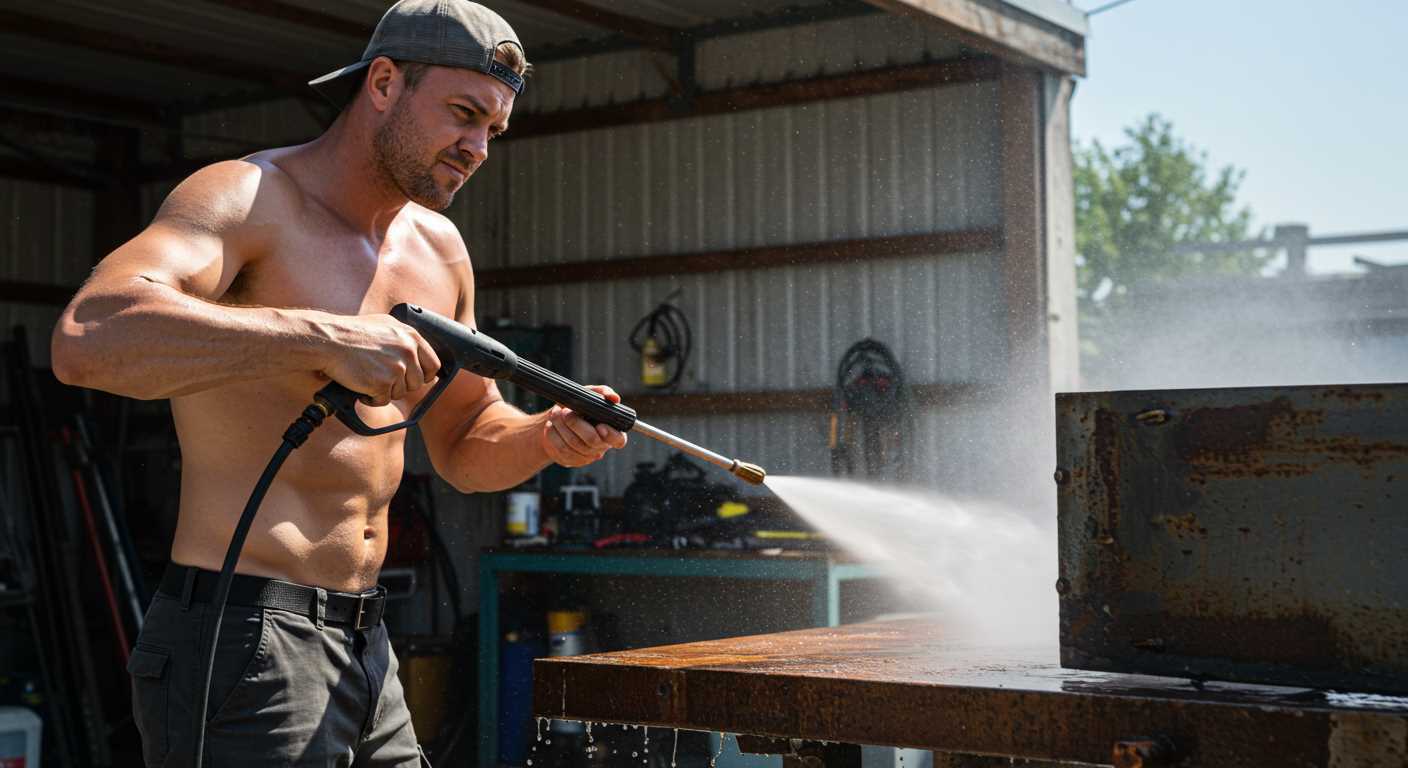
First, assess the surfaces you’ll tackle. Non-porous materials like concrete or tile require higher pressure for effective results, while delicate areas such as wooden decks or painted surfaces need a gentler touch. Identify the most common cleaning tasks–be it vehicles, patios, or outdoor furniture. Each of these will dictate the specifications you require.
Next, consider the types of grime you typically encounter. If you deal with tough stains, such as oil or grease, a model with higher water flow rates and adjustable pressure settings is advantageous. For light cleaning, a basic model with lower PSI (pounds per square inch) should suffice.
Keep in mind the availability of supply connections. A standard garden hose setup is common, but ensure your chosen device is compatible. Verify if a longer hose or extension wand is needed based on your workspace to avoid multiple connections or interruptions.
Focus on additional features that enhance usability. A detergent tank is useful for jobs requiring soap, while quick-connect nozzles allow for rapid changes suited to various tasks. Prioritise ergonomic designs for ease of manoeuvrability during prolonged use.
Lastly, think about storage space. Compact units are ideal for those with limited space but may lack some advanced features. Balance your desire for convenience with the functionality you’ll need based on your cleaning routine.
Determining the Right Pressure Rating
A pressure output of at least 1300 to 2000 PSI is suitable for most residential tasks. A unit with a higher PSI is better for tougher jobs like removing paint or deep stains. For light tasks such as washing cars or garden furniture, 1300 to 1600 PSI will suffice. Consider also the concept of GPM (gallons per minute); a higher GPM rating increases the flow of water, making the cleaning process quicker.
Matching PSI and GPM to Tasks
For light-duty applications, 1300-1600 PSI with around 1.2-1.5 GPM is ideal. This setup is effective for tasks such as cleaning patio furniture and bikes. If tackling medium-duty chores like driveways or decks, aim for a range of 1600-2200 PSI and 1.5-2.5 GPM. For heavy-duty cleaning or commercial use, look at machines with 2200 PSI or higher and a GPM of 2.5 or more, which provide significant cleaning power for jobs related to construction equipment or large vehicles.
Understanding Pressure Ratings
Keep in mind that different manufacturers may have slight variations in their pressure measurements. Always consult user reviews and specifications to ensure the unit’s performance reflects its advertised ratings. Selecting a machine that offers both the right PSI and GPM tailored to your specific cleaning tasks will yield the best results and satisfactory performance.
Choosing the Appropriate Flow Rate
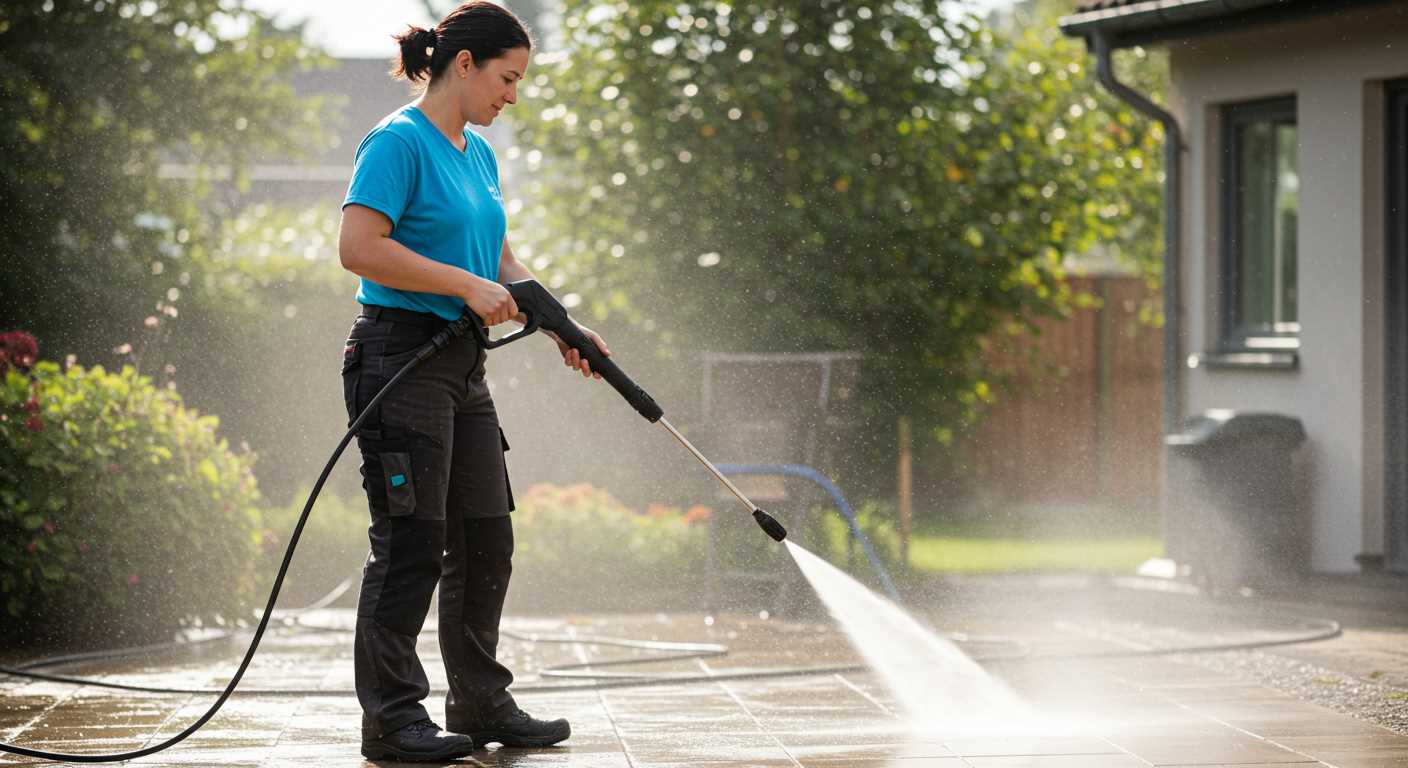
The optimal flow rate for your cleaning machine significantly impacts its performance. For general home cleaning tasks, a flow rate between 6 to 8 litres per minute (L/min) is usually sufficient. If you are tackling larger areas or stubborn stains, consider models with flow rates exceeding 8 L/min, which can provide increased efficiency for more extensive jobs.
Factors Influencing Flow Rate Selection
When assessing flow rates, consider the following:
- Type of Cleaning Tasks: Light tasks, such as car washing or patio cleaning, typically require lower flow rates. Heavier jobs like graffiti removal or cleaning large surfaces benefit from higher rates.
- Surface Material: Different surfaces have different requirements. Soft materials, like wood or paint, can sustain damage from high flow rates, while hard surfaces like concrete can withstand higher levels.
- Attachments Used: If you plan to use specific nozzles or brushes, ensure that your chosen model’s flow rate is compatible with these accessories for optimal results.
Comparative Flow Rate Table
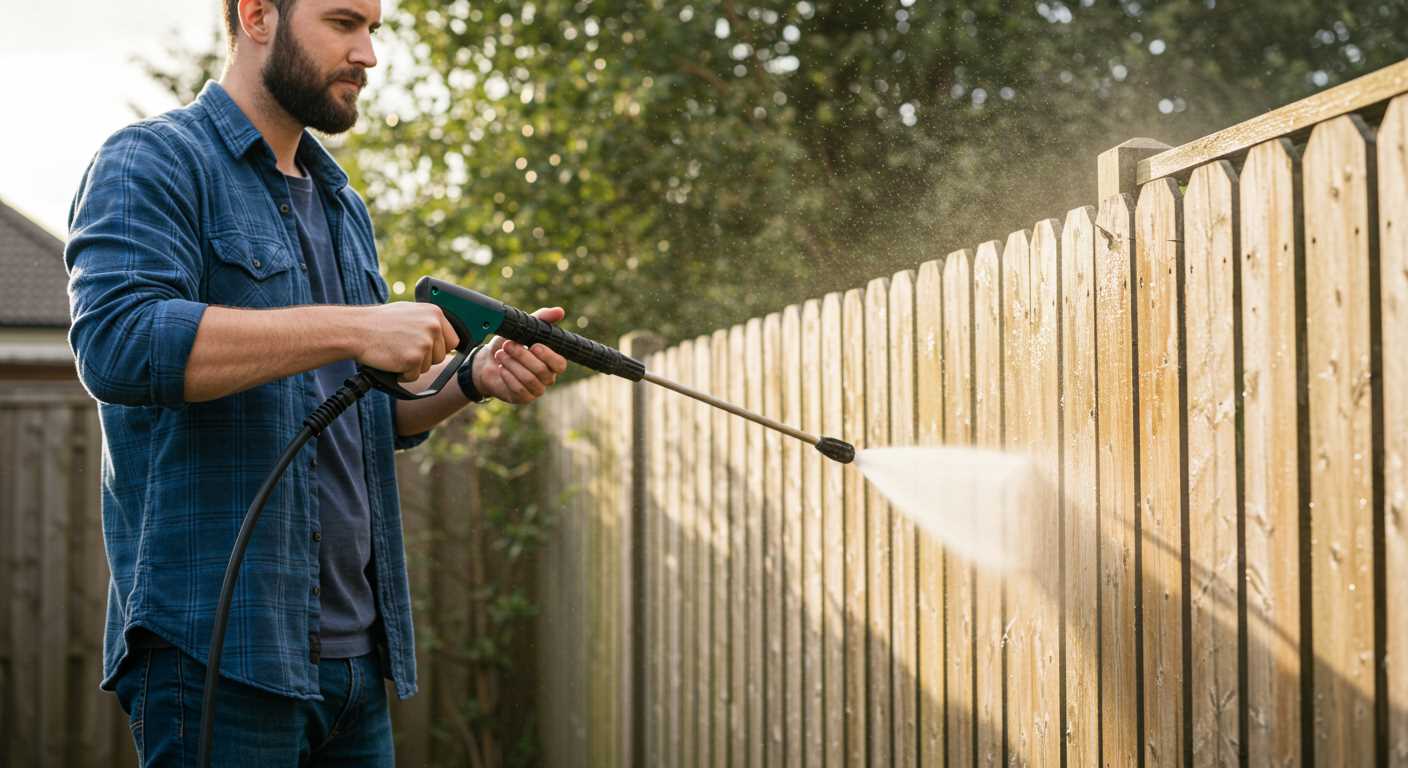
| Task Type | Recommended Flow Rate (L/min) |
|---|---|
| Car Washing | 6 – 8 |
| Deck Cleaning | 7 – 9 |
| Driveway Cleaning | 8 – 10 |
| Graffiti Removal | 10+ |
Choosing the right flow rate will enhance your cleaning efficiency and effectiveness. Focus on your specific needs to make an informed decision that aligns with the tasks at hand.
Identifying Key Features and Accessories
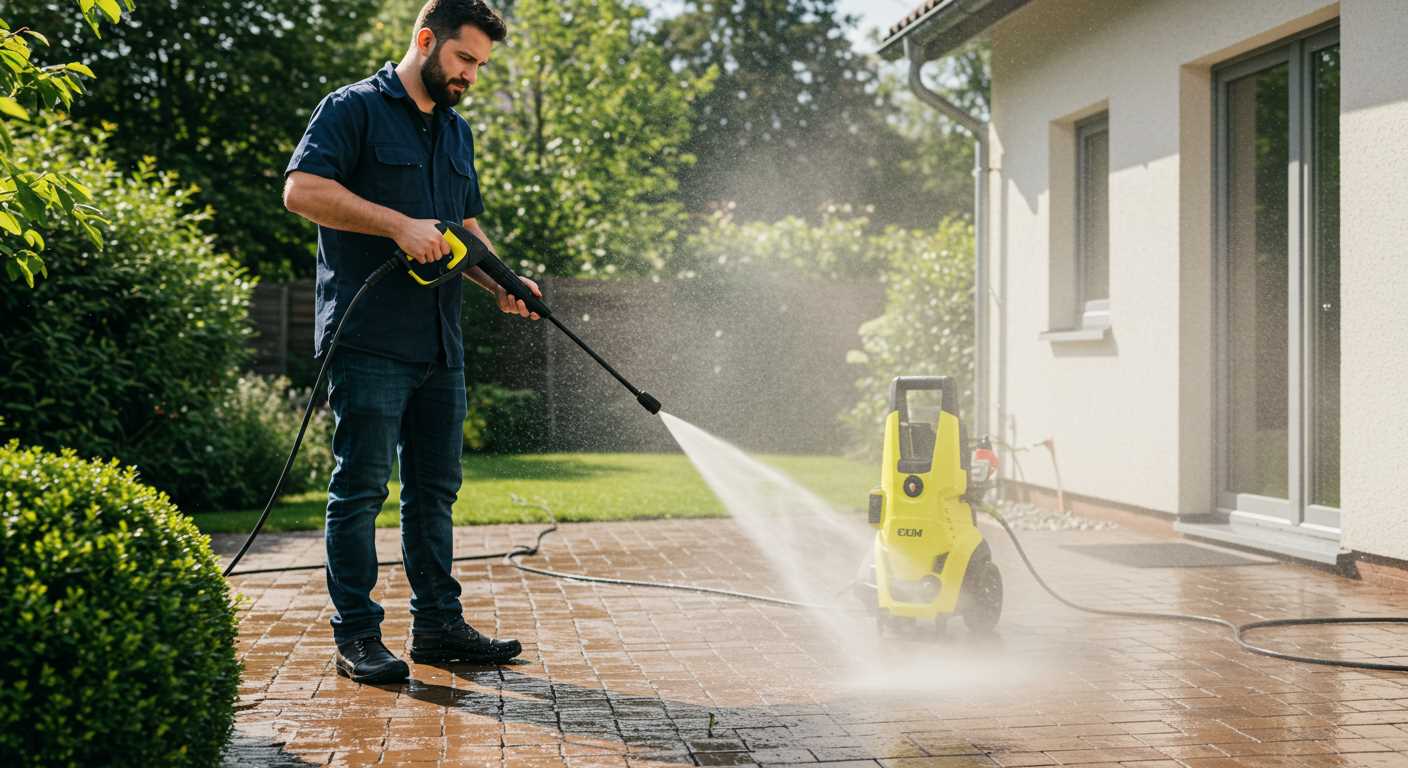
Pay close attention to the motor specifications. A robust motor ensures greater reliability and durability. I recommend selecting a model with at least 1500 watts for optimal performance in various cleaning tasks.
Consider the presence of adjustable nozzles. They provide versatility by allowing you to switch between different spray patterns, catering to various surfaces and cleaning needs. Look for models that include a turbo nozzle for tougher grime, as it offers a concentrated jet of water.
Detergent injection systems can enhance the cleaning process significantly. Evaluate whether the unit features built-in detergent tanks or an option for connecting external detergent solutions. This adds convenience and effectiveness when tackling stubborn stains.
The length of the hose is often overlooked. A longer hose grants better reach and reduces the need for repositioning. Aim for at least 6-8 metres to ensure maximum flexibility while cleaning.
Weight and portability matter as well. Lightweight models are easier to manoeuvre, especially for extensive tasks. Some include wheels for added convenience. Always check for ergonomic handles, as they contribute to overall comfort during use.
Accessories play a significant role in expanding your device’s capabilities. Look for kits that include a variety of brushes, extension wands, or surface cleaners. These attachments can dramatically improve efficiency and effectiveness across different applications.
Lastly, consider any storage features. Models that offer built-in storage compartments for cords and attachments help keep your workspace tidy. It also aids in protecting components during storage.
Comparing Different Brands and Models
Choosing a suitable cleaning machine requires an analysis of various brands and models based on reliability, performance, and user reviews. After testing numerous options, I found that certain brands stand out due to their unique features and robust specifications.
Top Brands to Consider
- Sun Joe: Known for affordability and practicality, Sun Joe offers an array of models that provide excellent value. Their products feature various pressure ratings and flow rates, making them suitable for different applications.
- Greenworks: This brand highlights environmentally friendly options. I recommend their units for homeowners who desire effective cleaning without a significant ecological footprint.
- AR Blue Clean: Strong in European markets, AR Blue Clean models are renowned for high build quality and efficiency. They often include innovative features, such as adjustable nozzles and onboard storage for accessories.
- Simpson: This brand targets the high-end segment with models that excel in professional performance. Ideal for heavy-duty cleaning tasks, Simpson machines often feature higher pressure ratings and durable materials.
Key Model Features
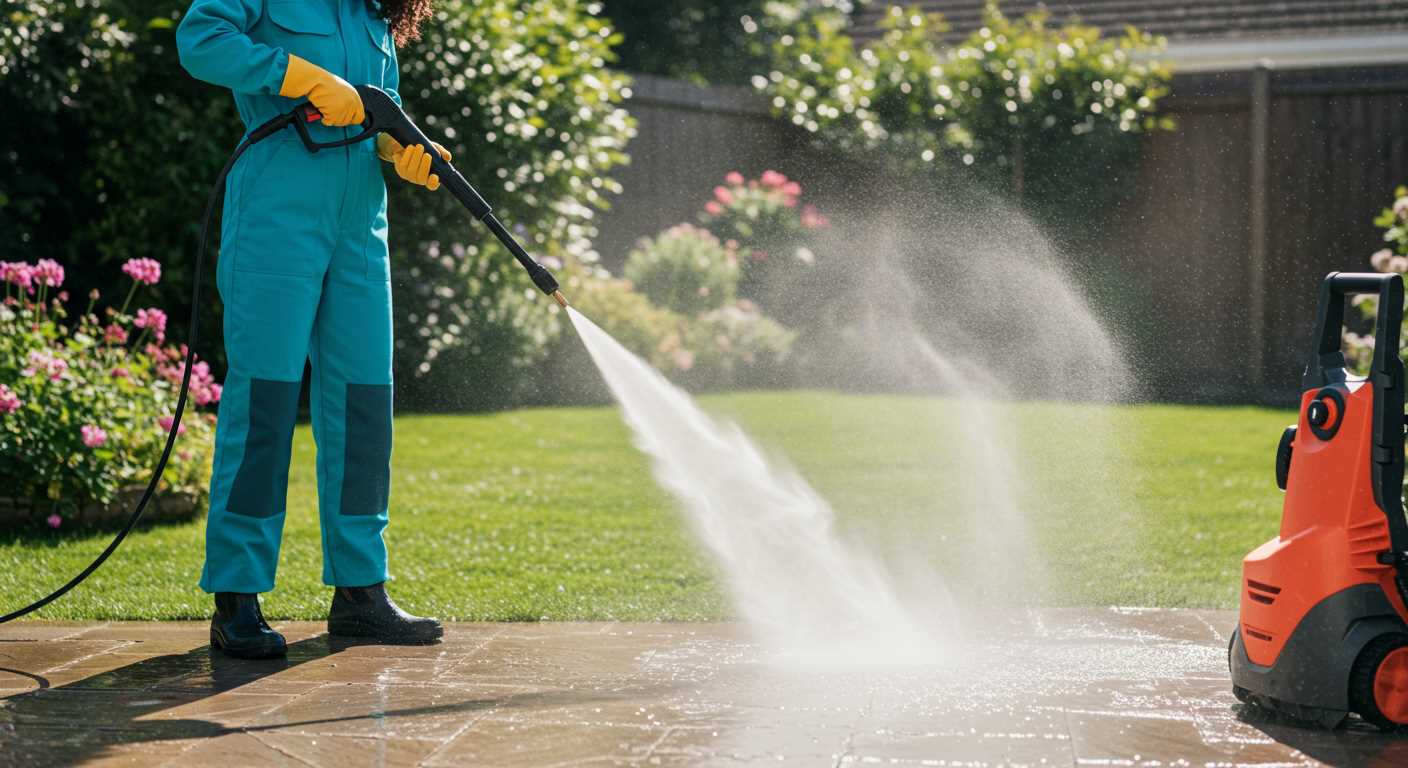
- Sun Joe SPX3000: With a maximum pressure of 2030 PSI and a flow rate of 1.76 GPM, this model is versatile for residential use. The integrated detergent tank allows for efficient cleaning.
- Greenworks GPW1501: A compact unit with a pressure rating of 1500 PSI and a flow rate of 1.2 GPM, ideal for light-duty tasks and easy storage.
- AR Blue Clean AR383: This model delivers 1900 PSI and 1.5 GPM, combining power with a user-friendly design. Excellent for patio cleaning and vehicle washing.
- Simpson Cleaning MSH3125-S: A gas-powered option boasting 3200 PSI and 2.5 GPM, perfect for tackling tougher jobs, like removing grime from driveways or heavy machinery.
Comparing different brands and specific models is vital for finding a machine that fits your requirements. Consider your typical cleaning tasks and select a unit that aligns with your needs and budget. Take the time to read reviews and, if possible, test models in-store before making a decision.
Reading Customer Reviews and Ratings
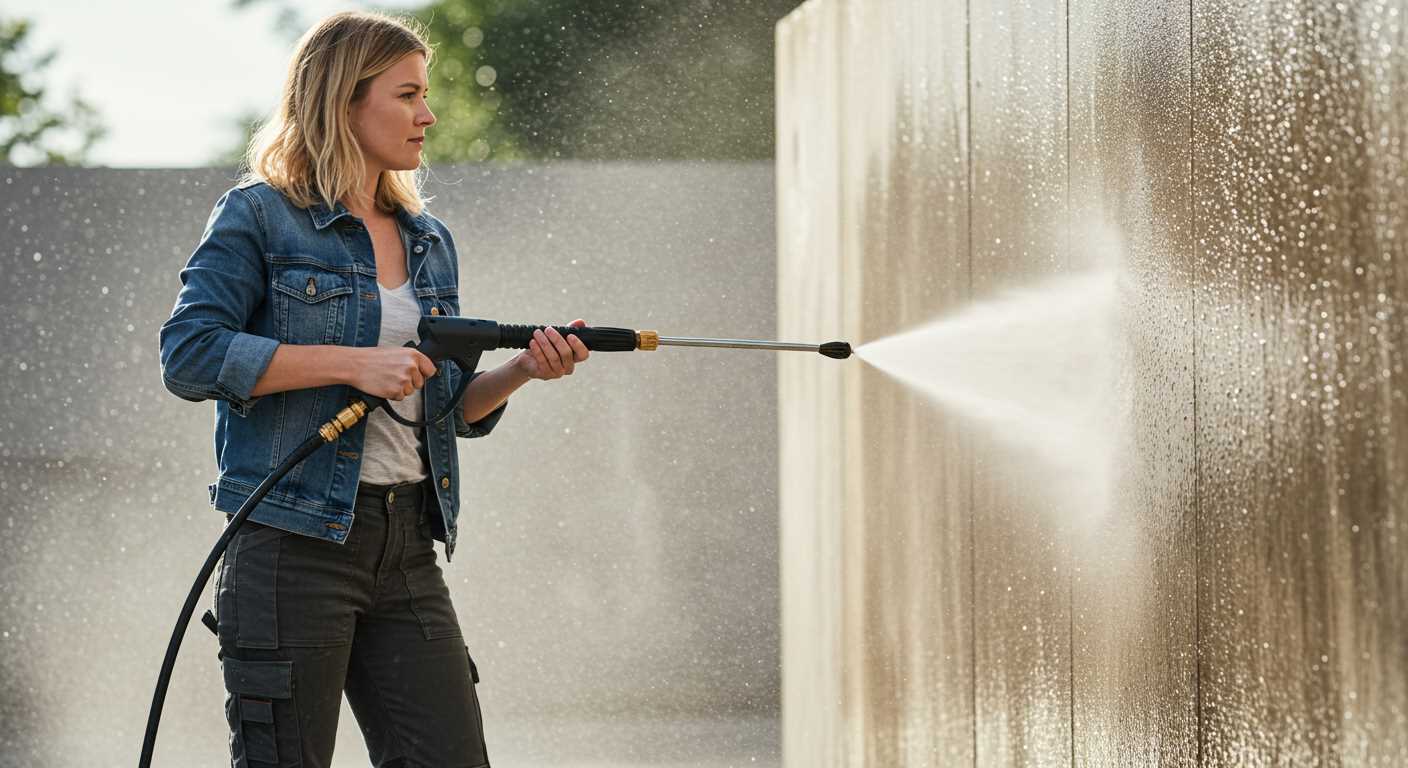
Customer feedback holds significant value. Personally, I always evaluate these insights before making a purchase. Focus on reviews that discuss performance, reliability, and build quality rather than just star ratings. Look for detailed accounts of users’ experiences; for instance, comments about the machine’s ability to tackle specific jobs or its longevity can provide clarity.
Consider the volume of reviews. A product with numerous evaluations tends to be more trustworthy than one with just a handful. Pay close attention to responses that highlight both strengths and weaknesses. If multiple users express similar concerns, it may be a red flag. Conversely, repeated praises about certain features can indicate a strong asset.
Examine ratings over time. If a product has an increasing number of positive reviews, it implies enhancement after initial launch. Look out for updates mentioning improved versions or modifications based on earlier feedback; manufacturers who listen to customers demonstrate commitment to quality.
Beware of disproportionate extremes. Products that receive both glowing praise and harsh criticism often elicit a mixed experience. I’ve found that aiming for items with consistent, balanced reviews can lead to better choices. Lastly, utilise trusted platforms that authenticate reviews to avoid misleading information.
Considering Warranty and Support Options
Before finalising your selection, I strongly advise examining the warranty details and support services provided by the manufacturer. A robust warranty can save you considerable money and hassle in case of defects or operational failures.
Look for terms covering both parts and labour, ideally extending for at least two years. Some companies offer longer guarantees, indicating confidence in their products. This period is important for assessing performance over time.
Assessing customer support is equally crucial. Verify if the brand has a reputable service centre network and what resources are available for troubleshooting. Availability of user manuals, instructional videos, and customer service hotlines can greatly enhance your experience.
Additionally, I recommend checking online reviews specifically regarding warranty claim experiences. This feedback can provide insights into how the company handles issues once your purchase has been made.
In essence, understanding the warranty and support framework will equip you to make an informed decision and ensure peace of mind post-purchase.
Budgeting for Purchase and Maintenance
The initial expense of a high-quality cleaner typically ranges from £100 to £500. Selecting a suitable unit within your budget requires careful allocation of funds. I recommend considering the following:
- Initial Cost: Identify a price bracket before researching specific models. Remember that higher prices often correlate with advanced features and longevity.
- Accessories: Factor in additional tools, such as nozzles and surface cleaners. Budget approximately £30 to £100 for these enhancements.
- Maintenance Supplies: Set aside funds for cleaning agents, protective gear, and replacement parts–plan for at least £20 annually.
- Storage Considerations: If storage solutions like racks or covers are needed, allocate an additional £20 to £50.
Maintenance is equally important. Regular upkeep can save you money in the long run by prolonging the lifespan of your equipment. Key areas to assess include:
- Scheduled Maintenance: Plan for periodic checks every six months. Costs for minor repairs or replacements can average around £50.
- Water Supply Usage: Be mindful of water costs associated with using the device. Calculate potential increases in your utility bill when you use the cleaner frequently.
- Energy Costs: Assess the power consumption of your chosen model. Look for energy-efficient options to reduce long-term electricity expenses.
By clearly defining your budget when considering the purchase and maintenance, you can make a more informed decision that aligns with your financial goals while ensuring effective cleaning for years to come.
FAQ:
What should I consider before purchasing an electric pressure washer?
Before making a purchase, it’s important to evaluate your cleaning needs. Consider the types of surfaces you plan to clean, such as patios, vehicles, or siding, and the level of dirt or grime involved. Check the washer’s psi (pounds per square inch) and gpm (gallons per minute) ratings, as these will affect the cleaning power and speed. Additionally, think about the mobility of the unit. Will you need a lightweight model for easy transport, or is a heavier, more powerful washer better suited for your tasks? Finally, consider the availability of replacement parts and customer support, as these factors can greatly influence your experience with the product.
What are the benefits of choosing an electric pressure washer over a gas model?
Electric pressure washers offer several advantages compared to gas-powered versions. Firstly, they tend to be quieter, making them more suitable for residential areas where noise restrictions may apply. They also require less maintenance, as there is no need for oil changes or fuel purchases. Moreover, electric models are generally lighter and easier to manoeuvre, which can be a significant benefit if you have limited storage space or plan to carry it around your property. Finally, electric pressure washers are often more environmentally friendly, producing no exhaust emissions during operation.
What features should I look for in an electric pressure washer?
When choosing an electric pressure washer, consider features such as adjustable nozzles or spray wands that allow you to change the spray pattern for various cleaning tasks. A long power cord and hose length can give you more reach without the hassle of moving the unit. Look for models with onboard storage for accessories, which helps keep everything organised and easily accessible. Some pressure washers come with additional attachments, such as foam cannons for applying soap. Finally, check for safety features, like a safety lock or automatic shut-off, which can enhance your overall experience and safety while using the washer.





